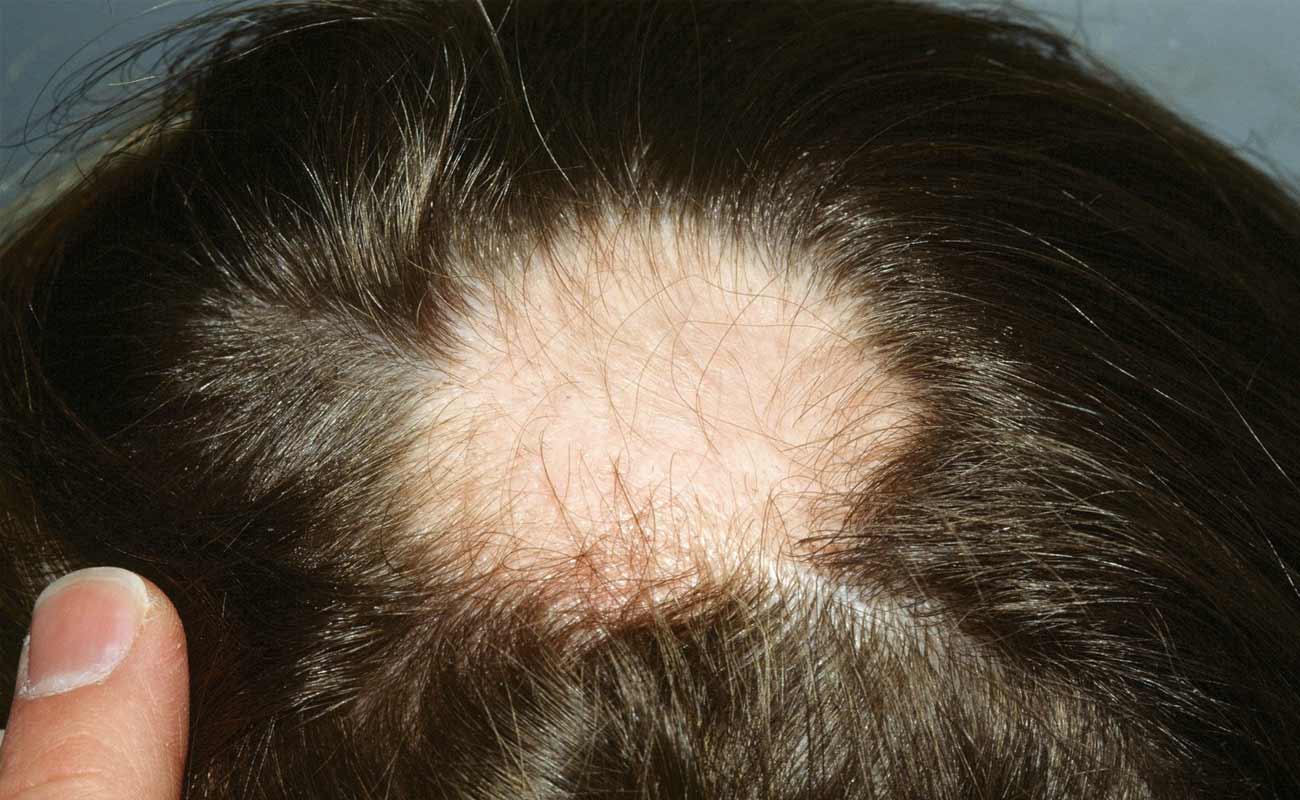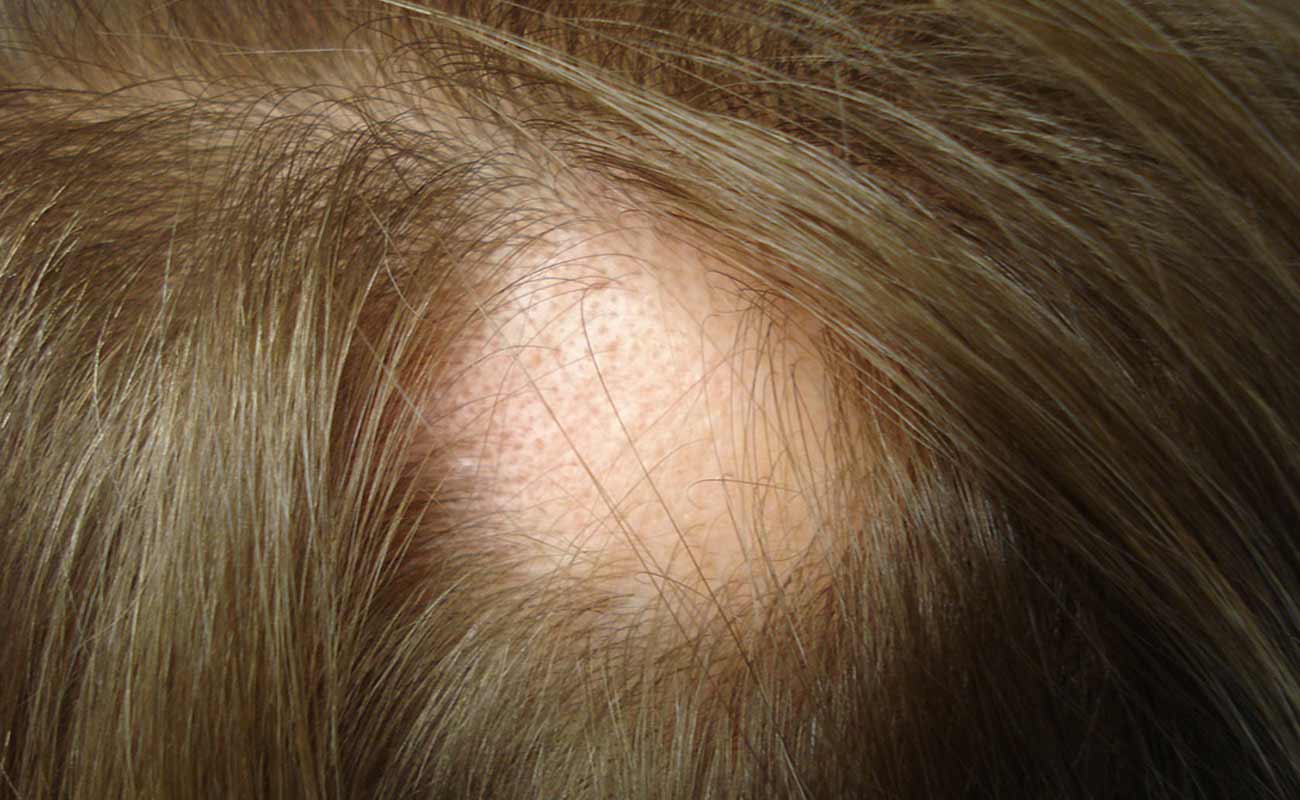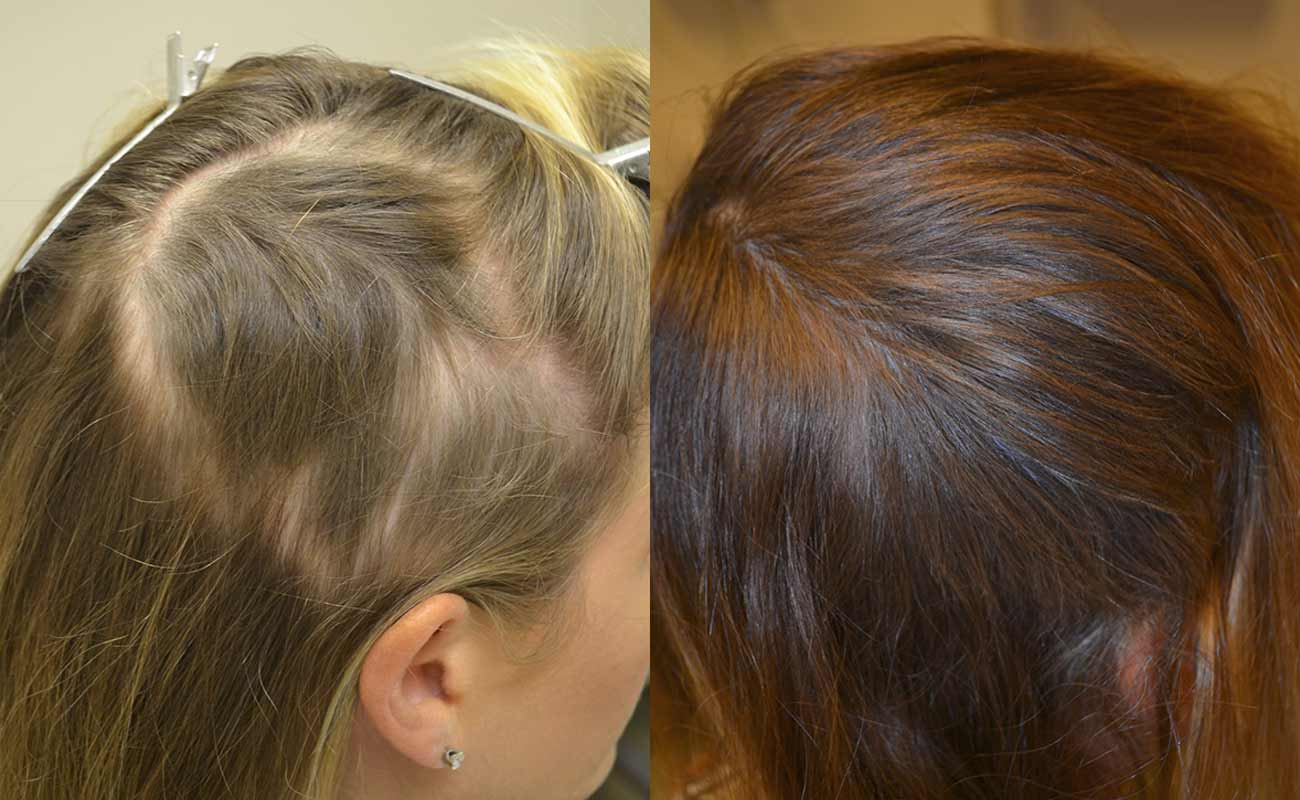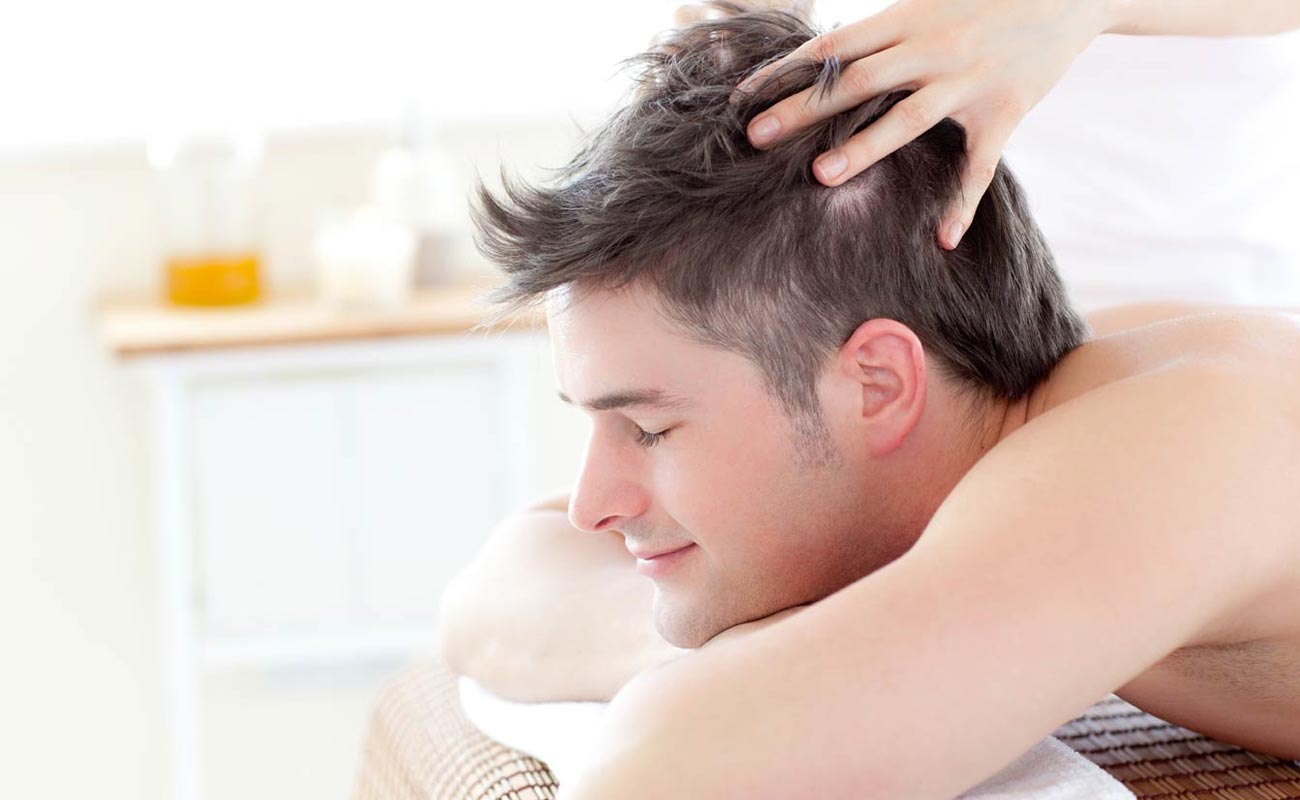
Alopecia areata is a type of hair loss that occurs when your immune system mistakenly attacks hair follicles camera, which is where hair growth begins. The damage to the follicle is usually not permanent. Experts do not know why the immune system attacks the follicles. Alopecia areata is most common in people younger than 20, but children and adults of any age may be affected. Women and men are affected equally.
Alopecia areata is thought to be an autoimmune disease. This occurs when your own immune system damages healthy cells in your own body. The immune system makes white blood cells (lymphocytes) and antibodies to protect against foreign objects such as bacteria, viruses, and other germs. In autoimmune disease, the immune system mistakes part or parts of the body as foreign. In people with alopecia areata, many white blood cells gather around the affected hair roots (hair follicles) which are mistaken as foreign. This causes some mild inflammation which leads in some way to hairs becoming weak and falling out to cause the bald patches.

It is not known why it is common for only certain areas of the scalp to be affected. Also, the affected hair follicles are not destroyed. Affected hair follicles are capable of making normal hair again if the immune reaction goes and the situation returns to normal.
It is not known why alopecia areata or other autoimmune diseases occur. It is thought that something triggers the immune system to react against one or more of the body's own tissues. Possible triggers include viruses, infection, medicines or other environmental factors. There is also an inherited factor which makes some people more prone to autoimmune diseases. About 1 in 5 people with alopecia areata have a close relative who is also affected.
If you have alopecia areata you also have a slightly higher than average chance of developing other autoimmune diseases such as thyroid disorders, pernicious anaemia and vitiligo. (However, it is important to stress that most people with alopecia areata do not develop any of these other conditions.)
The main symptom of alopecia areata is hair loss. Hair usually falls out in small round patches on the scalp. These patches are usually several centimeters or less. Hair loss might also occur on other parts of the body. You may first notice clumps of hair on your pillow or in the shower. However, other types of diseases can also cause hair to fall out in a similar pattern. Hair loss alone shouldn’t be used to diagnose alopecia areata.
In rare cases, some people may experience more extensive hair loss. This is usually an indication of another type of alopecia, such as:
The hair loss associated with alopecia areata is unpredictable and random. The hair may grow back at any time and then may fall out again. The extent of hair loss and regrowth varies greatly from person-to-person.

Although there is no permanent cure for alopecia areata, there are ways that may short-circuit the body's autoimmune reaction in the scalp and encourage hair regrowth. Options include:
Your treatment depends on several factors, including your age (some treatments are only for adults), the amount of your hair loss, and your willingness to deal with any treatment-related discomfort or side effects.
If you have mild hair loss, you may choose to simply modify your hairstyle or wear a hairpiece until the bald area fills in.
If you lost a large amount of hair on your scalp, you may choose to wear a wig or hairpiece until your treatment starts to work. If you have an obvious loss of eyebrow hair, you may choose to have injections of tiny dots of colored pigments into the eyebrow area (a procedure called dermatography). If you find it hard to cope with the change in your appearance, mention this to your doctor or seek advice from a mental health professional.
Make an appointment to see your doctor if:
Alopecia areata can be emotionally challenging, especially when hair loss affects the whole scalp. People with the condition may feel isolated or become depressed. If you’re feeling overwhelmed, counselors or support groups may help you cope with the effects of the disease. Support groups can provide a safe environment for you to share your experience and express any stress or anxiety you may be feeling. The National Alopecia Areata Foundation (NAAF) has support groups that meet in various places across the United States. The NAAF also has conferences and online message boards to help people connect with others who have the disease.

If the hair loss is bothersome, you can try to cover up bald patches with a wig, hat, or stylish scarf. You may also apply a hair-colored powder or cream to the scalp to make the hair loss less obvious. Applying eyebrow pencil can help mask missing eyebrows.
The natural history of alopecia areata (AA) is that of unpredictable episodes of relapsing and remitting disease. Within 2 years, 90% of the patients with limited scalp involvement will have spontaneous regrowth. These patients with limited scalp involvement are also the ones who are more likely to respond to any form of treatment. The presence of alopecia totalis/universalis for >2 years, severe nail abnormalities, atopy, and onset in childhood (<5 years) are factors thought to be associated with a poor response to treatment. In addition, a long duration and early onset of disease are indicators of poor prognosis.
Monitoring involves re-evaluating the percentage of scalp with hair loss by assessing whether it is less or greater than at the last visit. In addition, the hair-pull test should be done. A positive pull test suggests ongoing activity. The patient should be examined for any signs of regrowth, including using the dermatoscope. The patient should be followed up initially at 6 weeks after starting therapy; thereafter, follow-up intervals depend on the specific therapy trial and treatment response.
A clear explanation of the nature and course of alopecia areata is important, as is an explanation of the treatments available to them. They should be warned that despite initial success with treatment, the disease may still relapse. Patients will cope differently with their hair loss. Some may benefit from patient support groups [National Alopecia Areata Foundation] and contact with other people with the disease may help. If patients have extensive hair loss they may benefit from information about wigs, as this can be a very effective solution.
Patients should follow up with their physician initially at 6 weeks and then depending on treatment response and treatment trialed.
online.epocrates.com, drugs.com, healthline.com, medicinenet.com, patient.info, webmd.com, en.wikipedia.org
Submit Comment